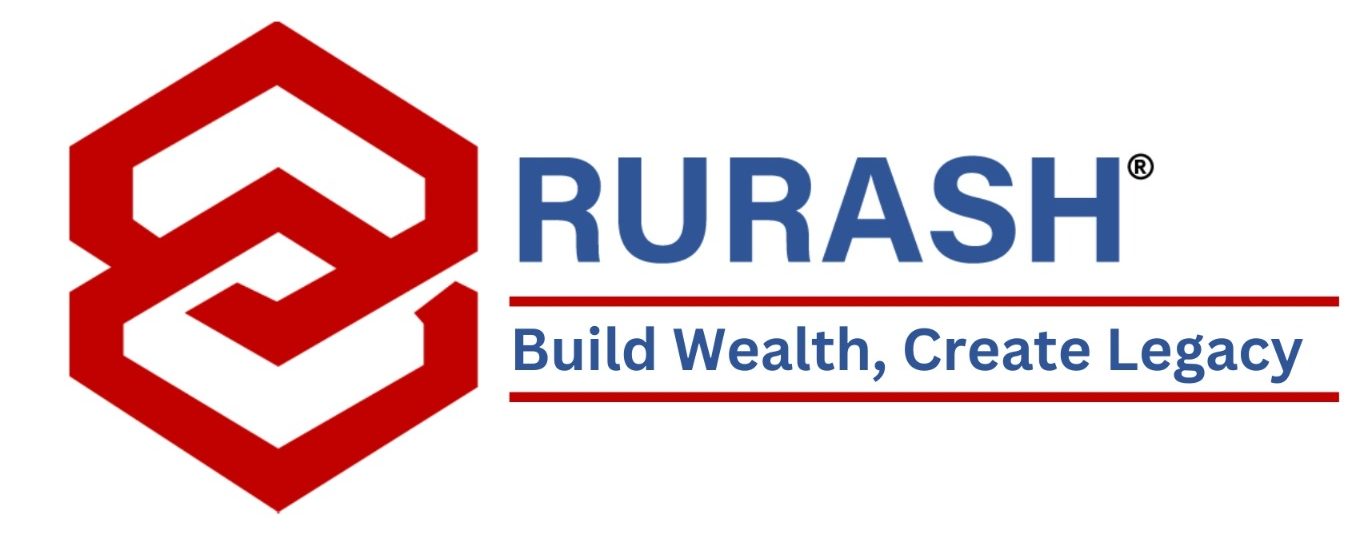When discussing investments, Fixed Income instruments get lower priority and lesser popularity than their equity peers. A fixed & predictable rate of returns in Fixed Income Securities, which is less exciting than the possible higher returns in volatile equity markets, is a possible reason for this lower priority towards bonds and Fixed Income Securities. This is the fundamental reason why Fixed Income securities are not popular even though investors start their first investment from Fixed income securities/papers.
In this article, let’s take a closer look at some of the securities from the fixed income asset class and which one to choose for your investment portfolio.
Bonds
Bonds are a form of fixed income securities that represent a contract between two parties which outlines money lent and received with a promise of repayment of principal and periodic interest on a specified date. The party that has received money and issued a bond in lieu of that is known as the borrower or the issuer of the bond while those who have lent the money are known as creditors or bondholders.
Once a bond is issued, it can be traded publicly via the exchange mechanism or privately over the counter. This mechanism creates liquidity and also allows bondholders to sell a bond to other willing buyers before its maturity. The interest on the bond instrument is embedded in the price which is also known as cum price and the bond price excluding the interest variable is known as ex price.
Bonds are a preferred method of raising capital for Government, Public and Private corporations. The borrowers can raise large sums of money without having to approach banks and financial institutions. Interest Rates: Interest rates are generally a function of 3 factors.
- The inflation rate or the price inflation in the economy.~ 5%
- The creditworthiness of borrowers.( Highest for sovereign bonds) ~ 1%
- The liquidity to trade the bonds – ~1%
Hence the rate of interest will be about ~7% per annum for sovereign bonds.
Fixed Deposits (FDs)
Fixed deposits are instruments which offer a pre-specified rate of interest & maturity value for a particular tenure. Commonly called a term-deposit, a bank, non-banking financial company (NBFC) and post office allow opening of FD accounts. The rate of interest offered for a given tenure varies between banks and financial institutions. The duration can range from 7 days to 10 years.
The key attribute of an FD is predictable cash flow with instant liquidity. However the banks or NBFC penalize you for premature withdrawal. The interest rate offered on an FD is higher than that received on money kept idle in a savings account – However the good quality Fixed income instrument offers upto 2% higher returns on the bonds compared with Bank FD. Minimum amount for an FD is Rs 500.
Senior citizens enjoy a higher rate of interest on FDs than other category of investors. However the Corporate deposits and some other instruments also offer higher rates of interest to senior citizens. There is a form of FDs known as Tax Saving fixed deposits in which the invested money is eligible for tax deduction under Section 80C of the Income Tax Act.
Some corporations also issue FDs with interest rates higher than that offered by aforementioned entities. Investing in corporate FDs can be considered as the next step after exploring options available with banks, post offices, and NBFCs.
Public Provident Fund (PPF)
PPF is a scheme backed by the Indian government which encourages small savers to plan for their retirement. Since its initiation in 1968, it has helped individuals create a sizable corpus by investing at a healthy rate for the long-term coupled with tax savings. Its safety and guaranteed returns make it an extremely attractive investment option.
A PPF account has a maximum life of 15 years with extensions in sets of 5 years if so desired by the depositor. Your invested funds are guaranteed by the central government which also sets the interest rate offered on deposits in the scheme on a periodic basis. However, in comparison to a tax saving FD, here the principal and the interest earned both are untaxed.
You can open a PPF account with most of the public sector banks, post offices, and a few private sector banks as well; the initial deposit can be as little as Rs 100. Even though interest rates have declined across the board in recent times, PPF still offers an attractive interest rate of 7.1% at present (until September 2021). This interest paid is compounded annually. At least one and a maximum of 12 deposits can be made in a year in this account. The minimum amount to be deposited each year is Rs 500 and the maximum is Rs 1.5 lakh; any amount invested over the maximum limit will not earn interest and cannot be used to save tax.
Bond ETFs
Bond Exchange Traded Funds (ETFs) are passive funds that mimic underlying securities. They invest in fixed income securities based on their mandate and investment universe like government bonds or corporate bonds. ETF basically helps investors by investing in the underlying securities and also manages the weightage of the securities.
First, investing in bonds is still simpler than investing in bonds, however it still requires subject matter expertise.. While investing in bond ETFs, you do not need to worry about strategies and just need to know the investment objective and the type of bonds the ETF will invest in. Second, the threshold of investing directly in bonds is sometimes higher( the minimum investment size). On the other hand, investing in bond ETFs begins at a much lower level investment. Third, you either need to hold a bond until maturity or know when to sell it. Given that bond ETFs are traded throughout the day, you can sell the ETF anytime you want.
Bond ETFs are more liquid than bonds, are more transparent in pricing, and are low cost as compared to bond mutual funds.
Which one to choose?
Though the answer may seem odd initially, the answer is ‘all of them.’ This is so because all the aforementioned fixed income instruments serve a different purpose in an investment portfolio. While investing in corporate FDs can amplify your interest income, investing directly in government bonds can offer safety. A PPF account is aimed at creating long-term wealth( mainly retirement corpus or to fund a capital expense) which can be used for distant goals. Meanwhile, bond ETFs can help you strategize your fixed income investments better than other instruments listed here.
Therefore, like any investment planning exercise, you need to know what you’re investing for, your risk appetite, and a broad timeline of when you might need the money. You also need to consider how much flexibility you’d need in your fixed income investment to face a financially adverse event. For example, bonds and PPF are not much liquid as compared to most FDs and bond ETFs, but may offer better returns than them. A combination of these factors will help you gauge how much of each outlined instrument you need in your portfolio.
Rurash Financials comes handy as they have the team and expertise to give you the right investment matching your goals and aligning your risk-return matrix.
For once, you don’t have to choose one instrument over the others; you can have them all because they satiate different needs.
Request a complimentary review or the list of recommended bonds right away.

